
Farmer Pham Van Minh Hai (right) shares techniques for growing organic green-skinned grapefruit.
Coming to Dai Phuc commune these days, we were led by the commune officials to the "red address of the safe area" in Tan Dinh hamlet. The road to the red address has been paved with concrete, the environment is airy, clean, beautiful with many fragrant flowers planted along both sides of the road, creating a cool, fresh village atmosphere. Many new houses have been built solidly and spaciously, proving the results of the local people's labor to create a prosperous and happy life.
This red address is not only a place for visiting and contributing to educating traditions and pride, but also raising awareness and responsibility of cadres and party members, a place to cultivate and train revolutionary ethics.
Ms. Nguyen Thi Guong, Tan Dinh hamlet, said: her hometown is Ben Tre province, in 1973, she followed her husband - Mr. Bui Be Nam to live and work until now. During the resistance war against France and America, her husband's family sheltered revolutionary cadres and the family's current residence is the location of the Mau Than Tet military parade in 1968. After the liberation of the South and the reunification of the country, the life of the family as well as the people here still had many difficulties and shortages. Thanks to the attention of the Party and the State, the road to the countryside was invested in facilities, the infrastructure was completed, the people were trained in science and technology transfer; the application of advances in cultivation and animal husbandry brought high efficiency.
According to Ms. Guong, her family's economy initially depended on rice farming, but rice farming was not enough to eat due to frequent water shortages, so for more than 10 years now, she has switched to growing coconuts on 1 hectare, bringing in a stable income. Currently, thanks to the high price of dried coconuts, the average income is from 6 to 7 million VND/month.
During the resistance war against France and the US, Dai Phuc was not only the place the province chose as the starting point and the place to build a solid revolutionary movement base, not only to fight the enemy to protect the locality but also to support Nguyet Hoa and Long Duc communes in the period of 1951 - 1954. Promoting the People's Guerrilla War movement combined with political struggle, contributing to defeating the US's "Special War" strategy in the period of 1961 - 1964. During this time, the Commune Team combined with Battalion 501 and the District's local army to attack ships bringing troops to Tan Dinh wharf (now Dai Phuc commune), killing 20 enemies, capturing 30 guns of various types... In addition, the commune's guerrillas participated in fighting the enemy at Trai Luan station and resisting sweeps, injuring 16 enemies...
Following President Ho Chi Minh’s call to “eliminate hunger, illiteracy, and foreign invaders”, after seizing power, Tra Bang rice granaries were opened to distribute to some poor people in the commune. According to Ms. Huynh Thi Hong, a retired cadre of Tat Vinh hamlet, Dai Phuc commune (formerly a typist of Hoang Van Thu School), during their time stationed here, the school unit and its leaders and teachers were always sheltered and protected by the people here.
During the period 1970 - 1975, Dai Phuc was stationed by the Central Military Commission of the Southern Office (unit C52). The Saigon - Cho Lon - Gia Dinh Special Zone (C112) was chosen as the place to build a revolutionary base during the resistance war against the US and the Hoang Van Thu Party School as a military base to train revolutionary cadres for Tra Vinh and neighboring provinces, with comrade Nguyen Dang as the Head of the School.
Dai Phuc is one of the communes where Party and State cadres lived, worked and led and directed the revolutionary movement in the resistance war against France and the US, and where important events took place with the Party's decisions and strategies in the two resistance wars against France and the US. During the anti-US period, the commune was the place where the District Team chose to build a weapons bunker, with Mr. Nguyen Van Le (alias Hai Leo), Tra Gut hamlet and Mr. Vo Van Nhi, Tan Dinh hamlet (now Dai Phuc commune) keeping 2 gun bunkers for unit 306 and establishing a weapons production site with comrade Bui Van Thanh (Tu Thanh) as the head of the construction site. With outstanding achievements, in 2005, the commune was honored by the State as a "Hero of the People's Armed Forces".
Dai Phuc today, the infrastructure is invested synchronously and spaciously, creating strong changes in the movement of converting the structure of crops, livestock, and developing industries, contributing to improving people's lives, making the change of the rural face increasingly clear.
Comrade Nguyen Van Song, Vice Chairman of Dai Phuc Commune People's Committee said: As a locality with a tradition of revolution, diligence and hard work, it has inspired and motivated cadres, party members and people of all walks of life to strive actively in production, build a prosperous life, and build a rich and beautiful homeland.
The commune has 1,288 households, with 4,490 people; there are 43 deceased Vietnamese Heroic Mothers, 171 families of martyrs and 18 families of relatives worshiping martyrs. In 2019, after Dai Phuc was recognized as a Central Safe Zone commune during the resistance war against France and the US, the commune enjoyed many policies on economic infrastructure, environmental landscape improvement, housing, health insurance, ... especially the policy on health insurance, helping to save on family expenses.
In addition, the commune invested in completing Huong Lo 7, helping to form a rural market, creating favorable conditions for trading goods, contributing to promoting the development of trade and services. At the same time, directing sectors and organizations to coordinate with the District Policy Bank Transaction Office to invest in loans for 577 households, with a total outstanding debt of over 18.3 billion VND to invest in production development, improve income, and escape poverty.
Comrade Nguyen Van Song added: in economic development, the movement of converting from rice fields to coconut and fruit trees has brought high efficiency. The largest area of coconut cultivation is about 640ha, of which 340ha of coconut is grown in an organic direction. Compared to traditional coconut cultivation, the economic value of organic coconut is superior. The number of harvested fruits has increased, and the quality of coconut is favored by traders. Currently, the rice fields of the commune have been converted to grow coconut and green-skinned grapefruit. In addition to the orientation of expanding a number of intensive coconut cultivation models in an organic direction, the commune has directed the development of a green-skinned grapefruit growing model in association with agricultural cooperatives to provide agricultural inputs to help gardeners reduce production costs and increase profits.
Talking to us, farmer Pham Van Minh Hai, Tan Hanh hamlet, Dai Phuc commune said: compared to coconut cultivation, the green-skin pomelo cultivation model, although the planting time is short, brings income, but there is no connection with businesses, most of the gardeners produce and consume by themselves, there is no close connection with businesses, and the output depends on market prices. With 0.8 hectares of green-skin pomelo of his family planted on converted rice fields from 2017 to present, the average output reaches over 08 tons/year, the profit reaches 160 million VND/year. In parallel with green-skin pomelo, he intercrops coconut, bringing in an income of 03 - 04 million VND/month.
Not only taking care of the family economy, as the director of the cooperative, Mr. Hai mobilized the cooperative members to grow green-skinned grapefruit according to organic processes on 4.7 hectares and was recognized as meeting VietGAP standards. In addition to guiding 36 cooperative members to produce green-skinned grapefruit according to organic processes, the cooperative promoted the production and trading of commercial rice and the supply of agricultural inputs to cooperative members to reduce production costs, increase profits, and contribute to improving the economic value of production.
Article and photos: MY NHAN
Source: https://www.baotravinh.vn/kinh-te/suc-bat-tren-xa-an-toan-khu-dai-phuc-45409.html


![[Photo] President Luong Cuong and Sri Lankan President Anura Kumara Dissanayaka visit President Ho Chi Minh relic site](https://vphoto.vietnam.vn/thumb/1200x675/vietnam/resource/IMAGE/2025/5/5/0ff75a6ffec545cf8f9538e2c1f7f87a)

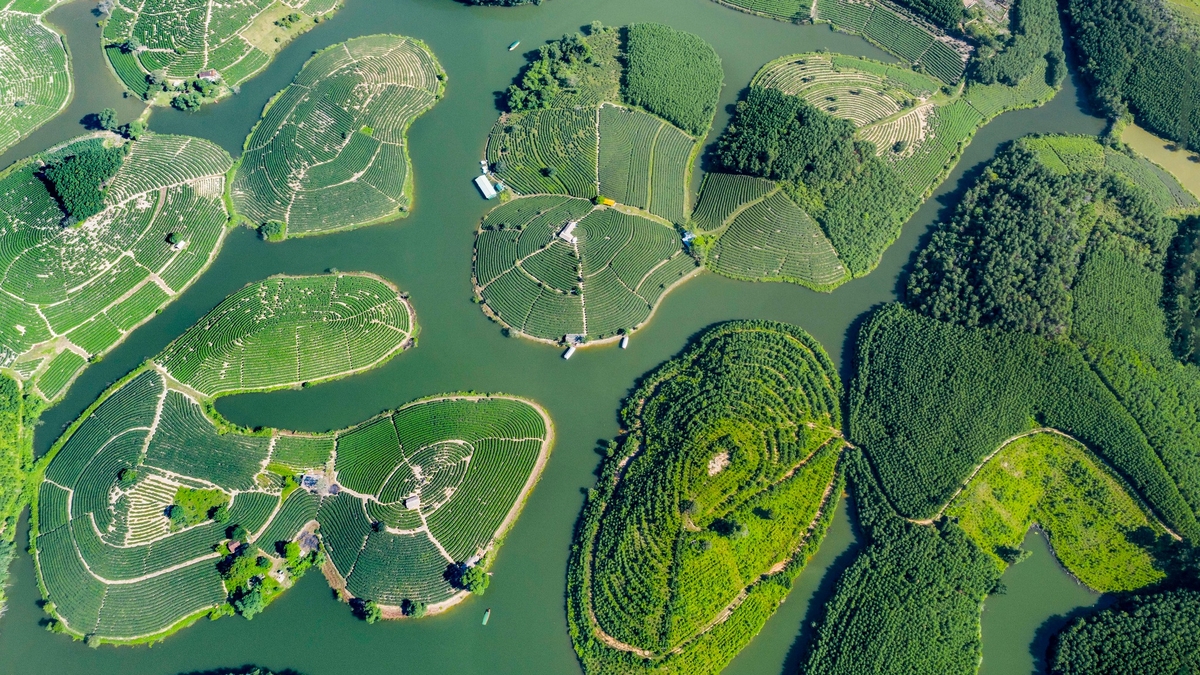



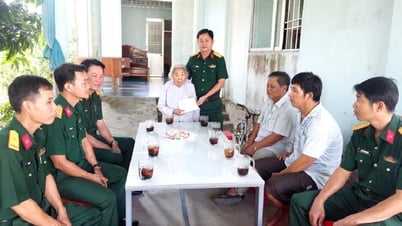

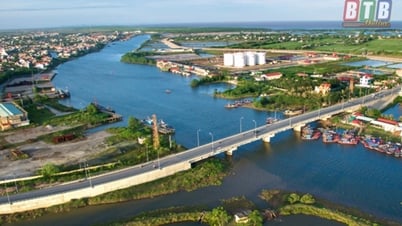
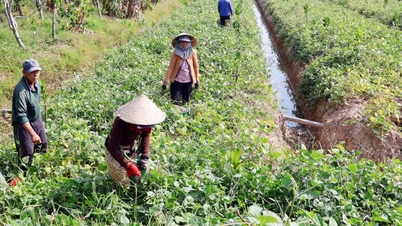



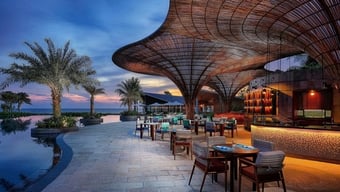




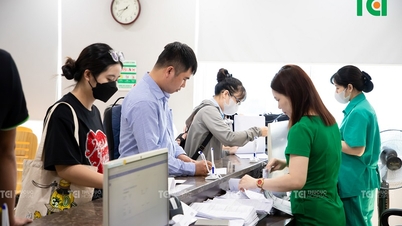

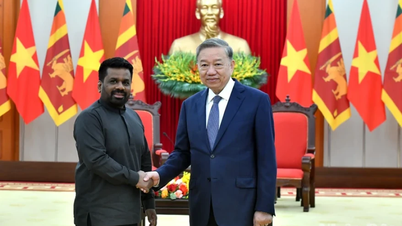
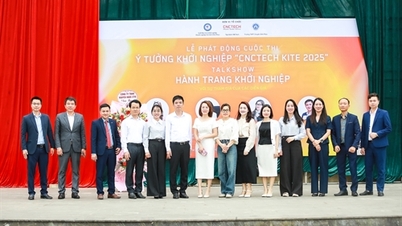

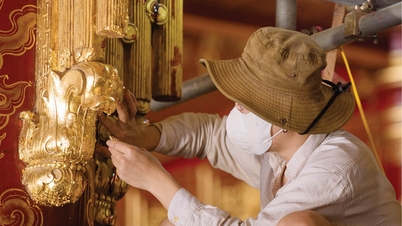





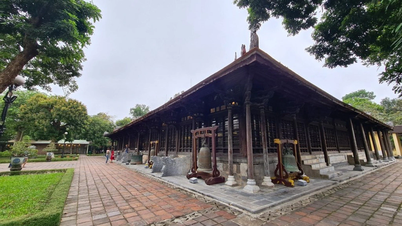



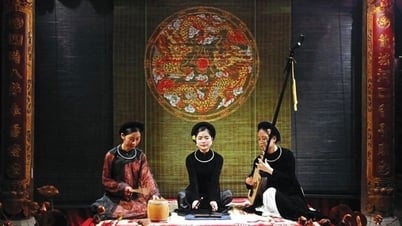
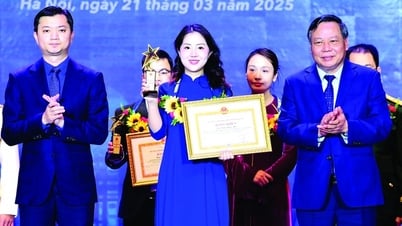

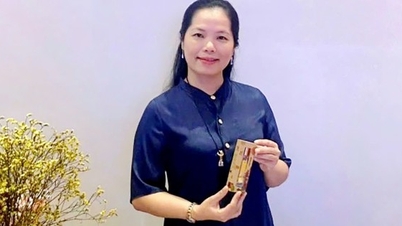

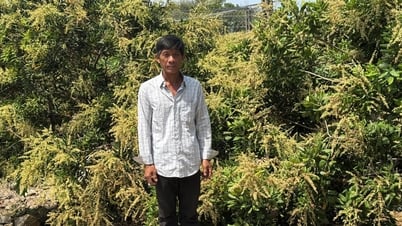
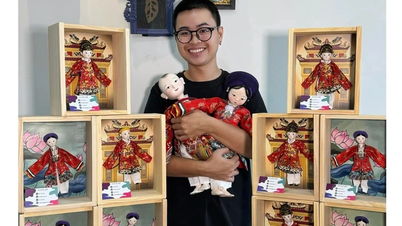




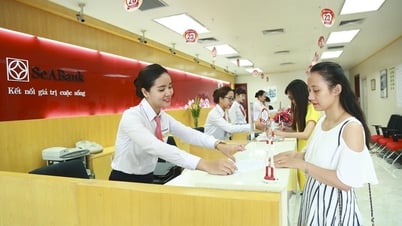





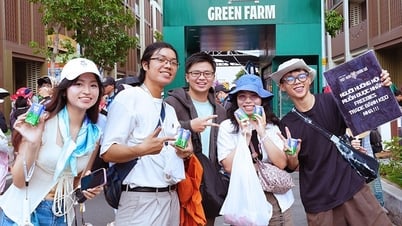


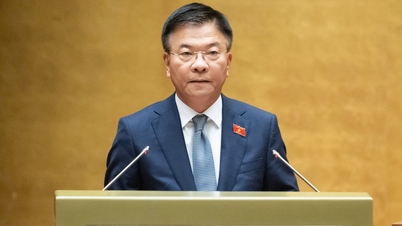

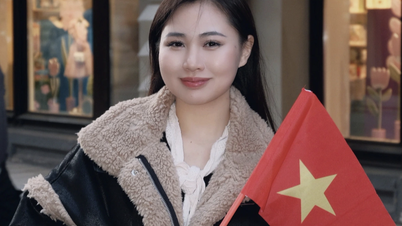

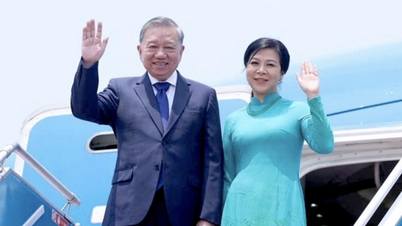
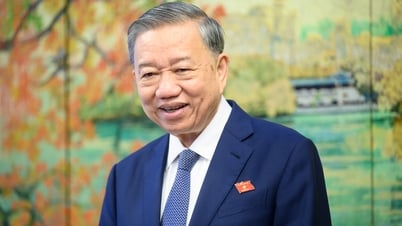







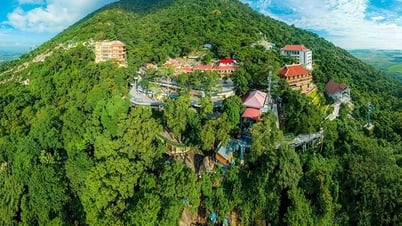


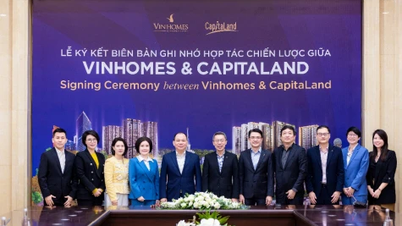


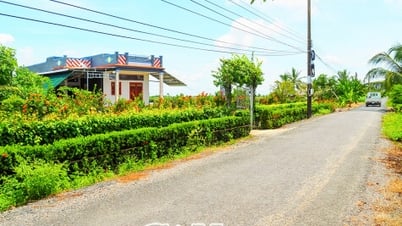





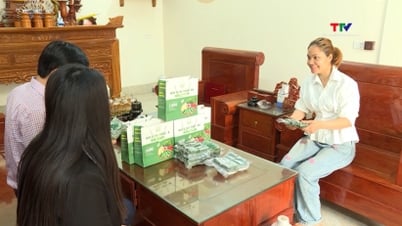

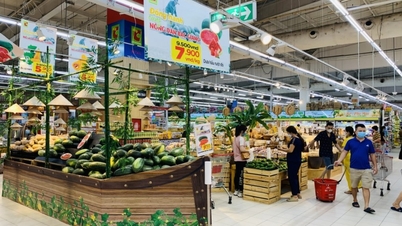

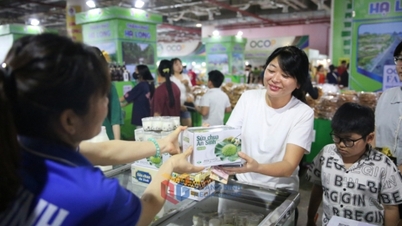
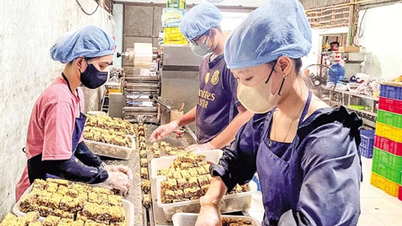





Comment (0)